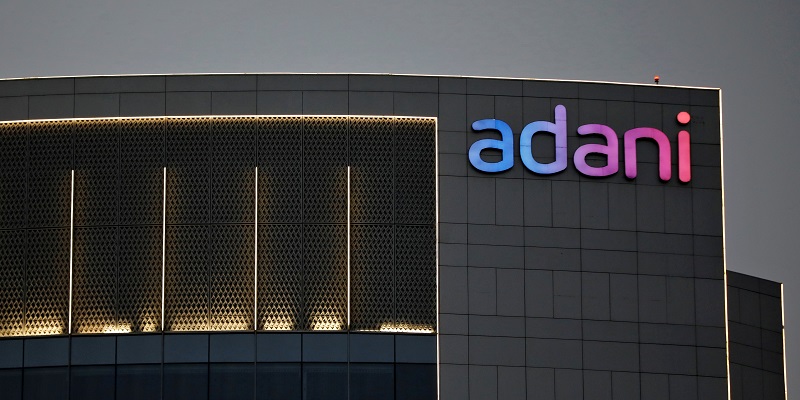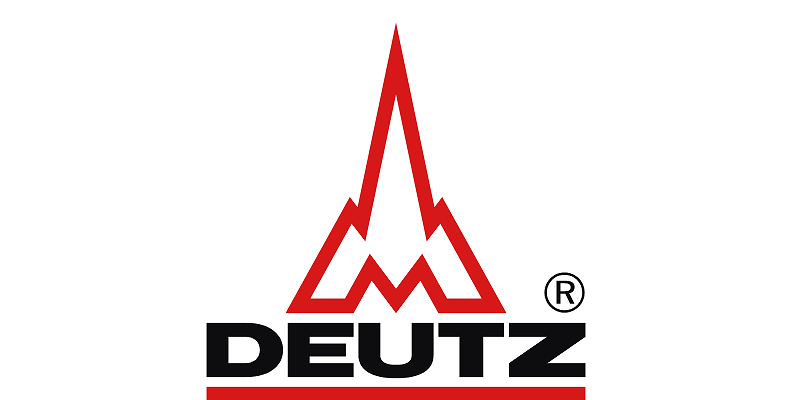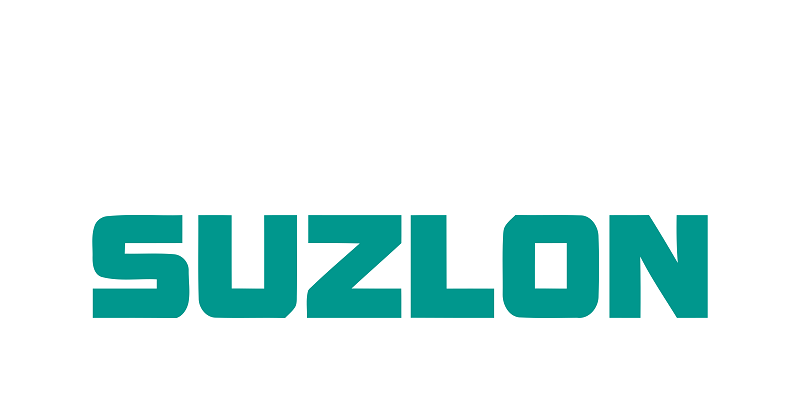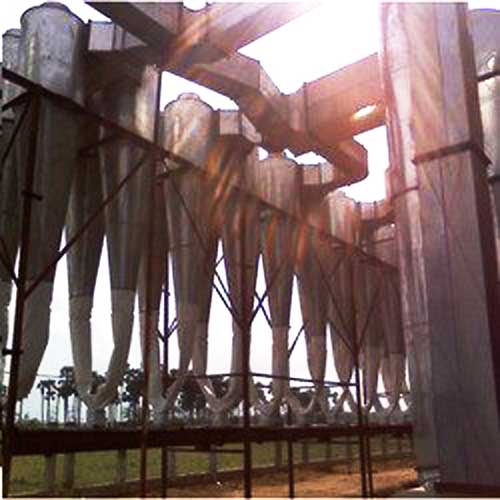Schedule a Call Back
Welding seamless professional skills
 Technical Articles
Technical Articles- Dec 11,15
There is a great demand for qualified and knowledgeable welding professionals and skilled welders in fabrication and construction industries.
Welding is a major process that straddles the infrastructure and manufacturing sectors. The welding process is used in construction and fabrication of everything one sees around – buildings, bridges, flyovers, cars, locomotives and coaches, general machinery, consumer durables, defence equipment, ships and submarines, airplanes and spacecraft. Estimates suggest that for every tonne of steel used, about 5 kg of weld metal is required to be deposited by different welding processes in the end use. The per capita consumption of steel is generally accepted as a yardstick to measure the level of socio-economic development and living standards of people. India with a per capita consumption of 59 kg lags behind the global average of 217 kg, while China boasts a whopping 510 kg. For countries at the peak of their infrastructure creation mode – India is poised to be one – the consumption of steel is known to have peaked at 1,000 kg/person/year. This in turn gives an idea of the size and scale, and the potential of the welding industry and the requirement of trained personnel.
As the pace of infrastructure development and manufacturing activity picks up, India is staring at a serious shortage of skilled welding personnel at all levels – right from the welder working with hand held electrodes on the shop floor or small workshop, up to the engineer monitoring the various parameters of an automated robotic welding line – the country is facing a severe shortage of skills and the gap is only going to widen further. “We are very much concerned about this situation and have initiated a series of measures by talking to the government and various stake holders to address this issue,” says Mr R Srinivasan, President, The Indian Institute of Welding (IIW) – the only Indian professional body recognised by the International Institute of Welding, headquartered in Villepente, France.
The fact that the IIW, a not-for-profit organisation comprising professionals united by their love for the subject, is concerned is no surprise. The institute and its office bearers fear that the domestic twelfth plan targets of adding 90,000 MW power generation capacity and creating new construction assets of Rs 52 lakh crore may all get derailed due to lack of sufficient skilled workers. “IIW has petitioned the PMO and the office of the union minister for Skill Development, Shri Rajiv Pratap Rudy, about shortfall in availability of skilled welders and gas cutters across the nation. Growth-led increased job openings and replacing the retiring workforce (over 2015-2022) accounts for a shortage of 1.2 million welding professionals including welders, cutters, fitters, equipment operators, and also engineers and inspectors,” says Srinivasan. While the ‘Make-in-India’ campaign has surged the growth prospects of manufacturing sector, the shortage of skilled welding professionals is affecting the automobile, construction, power and defence sectors at all levels – pipe and plate welders, supervisors and welding engineers – all continue to be in short supply. “In fact, today a number of project contractors are hiring welding and cutting operators from China, Russia and east European countries,” he adds.
Take the example of Maharashtra, a leading producer of cars and heavy commercial vehicles, which accounts for roughly 33 per cent of the country’s output of automobiles, and the largest base for local Original Equipment Manufacturers (OEMs). According to a study conducted in Pune, Nashik, Aurangabad and Nagpur, just the auto and auto ancillaries sector together project a shortage of 1.35 lakh welding professionals over the next decade. New welders need to be recruited, and uncertified welders need to be trained and certified at an early date. Major automakers having manufacturing facilities in Maharashtra include Tata Motors, Bajaj Auto, Force Motors, Mahindra & Mahindra, Mercedes-Benz, General Motors, Volkswagen Group and Fiat. Some of these companies also have their R&D centres in the State, which faces a looming crisis in terms of shortage of competency-certified welding workforce.
In India a welder basically enters the shop floor after doing some training at an ITI or equivalent private institute and at that point is not really skilled, just armed with very basic knowledge of welding. So the welder really learns on the job, instructed and guided by seniors. “Welders do not need high educational qualification, what they need is professional skills and there is a lack of institutions to impart these skills. While larger companies usually have in-house training facilities for honing their skills, and the resources to make it happen, it is the smaller companies – the MSMEs – that really bear the brunt of skills shortage,” Srinivasan elaborates. “The fact that most large companies depend on these smaller companies for some of their requirements and also indirectly face the consequences of this skills shortage, is not lost on anyone. So our emphasis is that even these smaller companies should have easy access to the services of licensed or certified welding personnel,” he adds. The IIW is hence working to change this pattern in favour of a more organised and systematic training programme with the help of the government.
“There is a gap between the available skills in welding, and the skills the government and industry requires in terms of better productivity and large scale manufacturing activity. This is not possible on our own as the IIW is a voluntary organisation and all of us have come together for a cause, but still have our day jobs to take care of, so we are working with the government departments. We are trying to bridge this gap by creating various training modules and certification programmes, for training the trainers who can in turn help spread the skills further, in various institutes – engineering colleges, polytechnics and state run Industrial Training Institutes (ITIs) – to update their curriculum, match their syllabus and facilitate training with industry participation,” says Abby K Joseph, Managing Director, voestalpine Bohler Welding India Pvt Ltd.
The IIW is now pushing the government for creating an environment to train welders at various levels of competency in tune with the job requirements. The institute approached the Department of Heavy Industries (DHI) at the centre and now, as a Knowledge Partner, participates in the National Skill Development programme by collaborating with three Sector Skill Councils (SSCs): Automotive Sector Skill Council (ASDC); Capital Goods Sector Skill Council (CGSC); and Indian Iron & Steel Sector Skill Council (IISSSC). Since late 2013, the IIW has started a programme of Authorised Training Institutes (ATIs) with a carefully designed curriculum – the National Welders Training and Certification Scheme (NWTCS). This comprises training modules for various levels of competency ranging from 6 to 16 weeks of classroom training and practicals. This is a part of the Modular Employment Scheme (MES) under the Skill Development Initiative Scheme (SDIS). The NWTCS has been prepared to meet the demand by industry for welders, trained and certified to a level of competency commensurate with the requirements of any of the welder qualification and certification specifications or codes, i.e., IS: 7310/IS: 817, ISO: 9606-1, BSEN: 287 and ASME Sec IX/AWS D1.1. “The level of certification varies from industry to industry, from process to process, so the requirements are met for each job level, ” says Srinivasan. “And thanks to our affiliation with the International Institute of Welding, these qualifications are recognised not just in India, but globally.”
The IIW has an assessing team that overseas the programme and conducts the examinations, and the successful candidates are authorised and certified by the IIW. These certificates also bear the seal of the Government of India, lending greater credibility and authenticity to the whole programme. The mission is to train and certify over 20,000 welders per year. During 2014-15 fiscal, IIW has certified 4,800 welders, mainly for the organised sector. It is confident of raising this number to 20,000 by 2017. The government wants to scale it up to 1,00,000 and has mandated that the institute train and certify entry-level personnel as well, but for that it is necessary to ensure that the job opportunities are also created simultaneously.
That apart, the IIW is also conducting a Best Welding Engineer competition to coincide with the National Welding Seminar & Weld India Expo (December 9-12, 2015 at Navi Mumbai). Around 450 welding engineers are expected to participate in this competition via online registrations and this would also become a valuable database of expert skills. The compensation for skilled welders is very healthy, with annual packages starting from Rs 3 lakh at the basic level, which rise several fold at the top end.
For the record, there is no crunch of state-of-the-art welding equipment and cutting edge technology in the country at any level, according to Joseph, but just the operators. Also the country is slowly but surely catching up in terms of welding automation while still dependent on manual to a large extent. The ratio of manual welding to automated welding could be approximately 65:35, which is more or less the opposite of that in advanced economies. As the country ramps up its manufacturing base, this will certainly change in favour of more automation, concludes Srinivasan.
India’s premier welding technology exhibition – Weld India – organised by The Indian Institute of Welding is back in Mumbai after a gap of six years. Weld India 2015 is scheduled during December 10-12, 2015 at CIDCO Exhibition Centre, Vashi, Navi Mumbai. This international event is taking place for the first time in the industrial belt of Mumbai and with easy access to the manufacturing hubs of Navi Mumbai, Pune and Nashik. Over 150 exhibitors including international companies will be participating in Weld India 2015. The National Welding Seminar will be held concurrently at the same venue from December 9-11, 2015.
Related Stories

Thales Group & Adani Defence and Aerospace to manufacture 70 mm rockets in India
Recently, Adani Defence and Aerospace also signed a historic agreement with UAE’s Edge Group to create a global platform for defence and aerospace capabilities, further enhancing the technological..
Read more
DEUTZ signs pact with TAFE for India expansion
The agricultural and construction sector will play a major role in achieving this strong growth.
Read more
Suzlon Energy appoints Gurpratap Boparai CEO-Manufacturing
Before joining Suzlon, Boparai held a significant position at Mahindra and Mahindra Limited, where he led the automotive businesses in Europe as CEO.
Read moreRelated Products

Plain Bushing and Bearings
BMD Precision Bearings LLP offers a wide range of plain bushing and bearings

Industrial Cyclones
Protector Fire & Safety India Pvt Ltd offers a wide range of industrial cyclones.

Impact Crusher
Crush Power offers a wide range of impact crusher.














